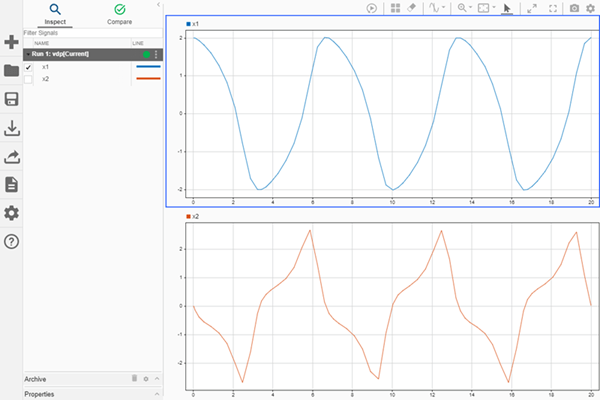getSignalByIndex
Get signal in Simulink.sdi.Run object by index
Description
sig = getSignalByIndex(runObj,idx)Simulink.sdi.Signal object,
sig, at the index specified by idx within
the Simulink.sdi.Run object
runObj.
Examples
Input Arguments
Output Arguments
Version History
Introduced in R2012b
